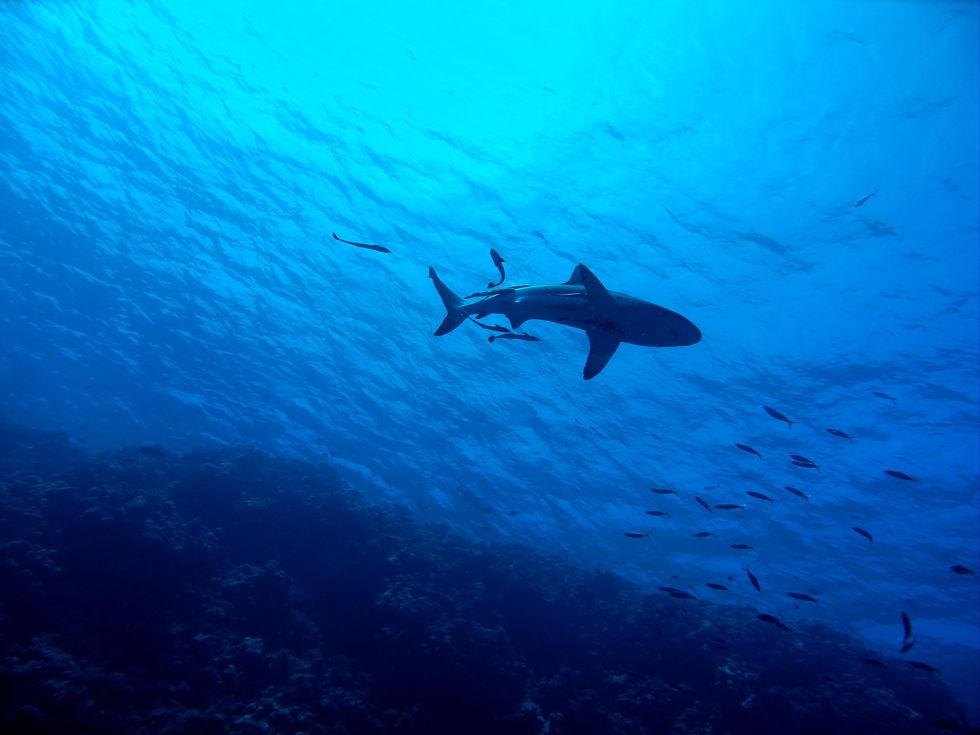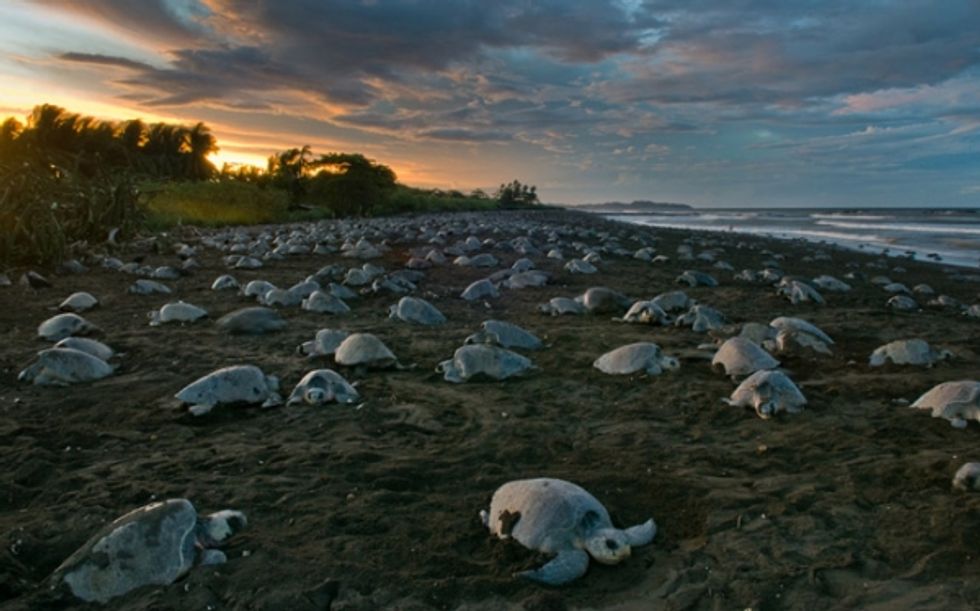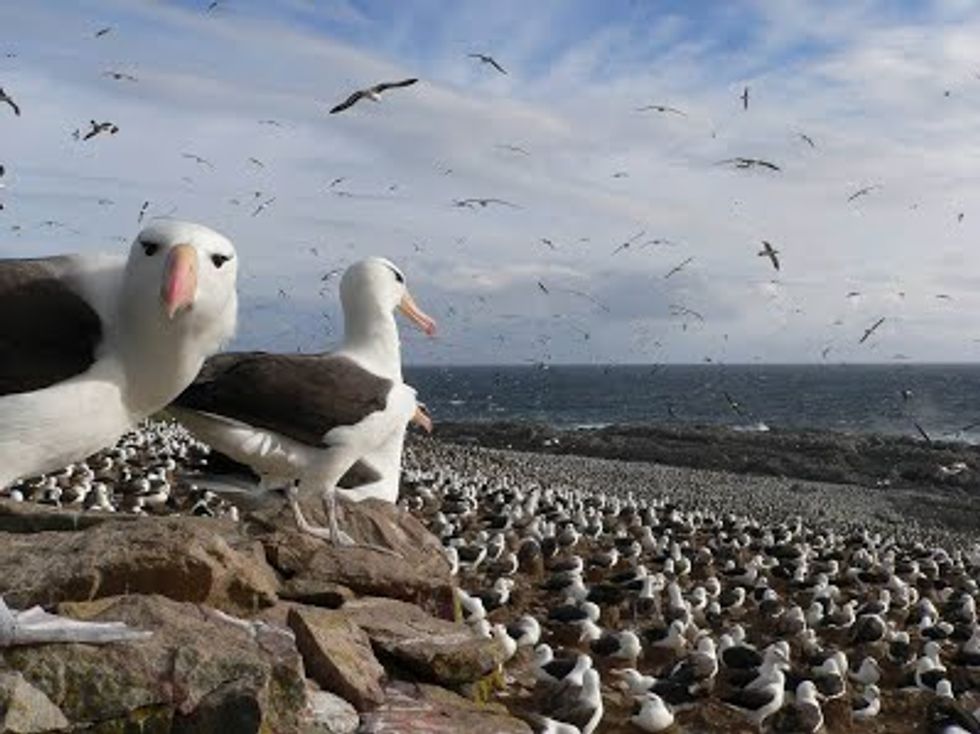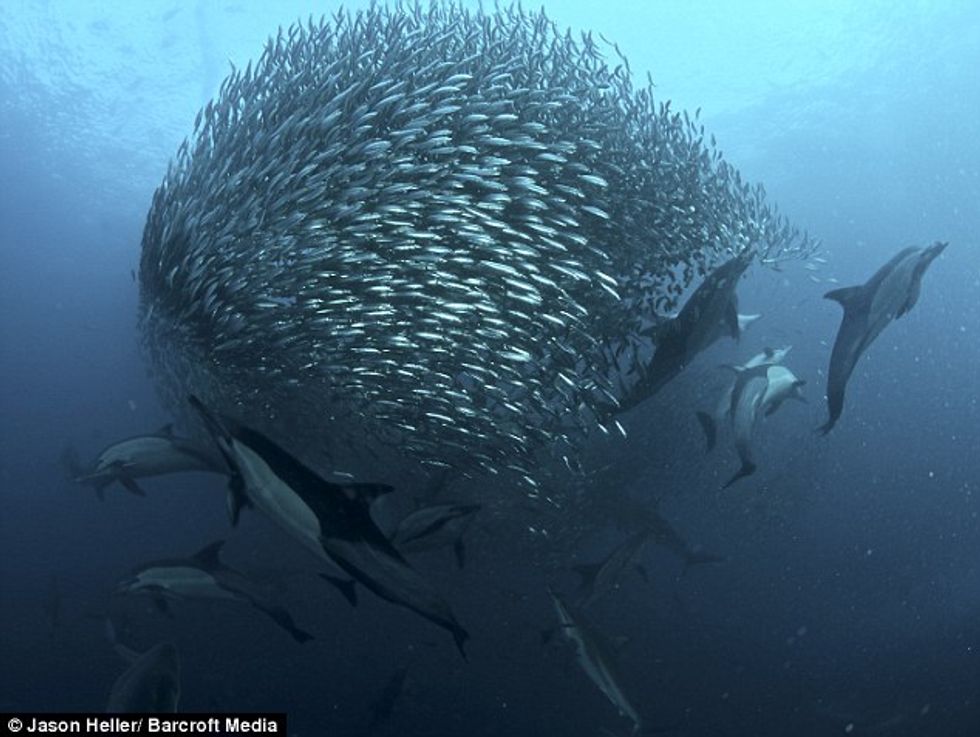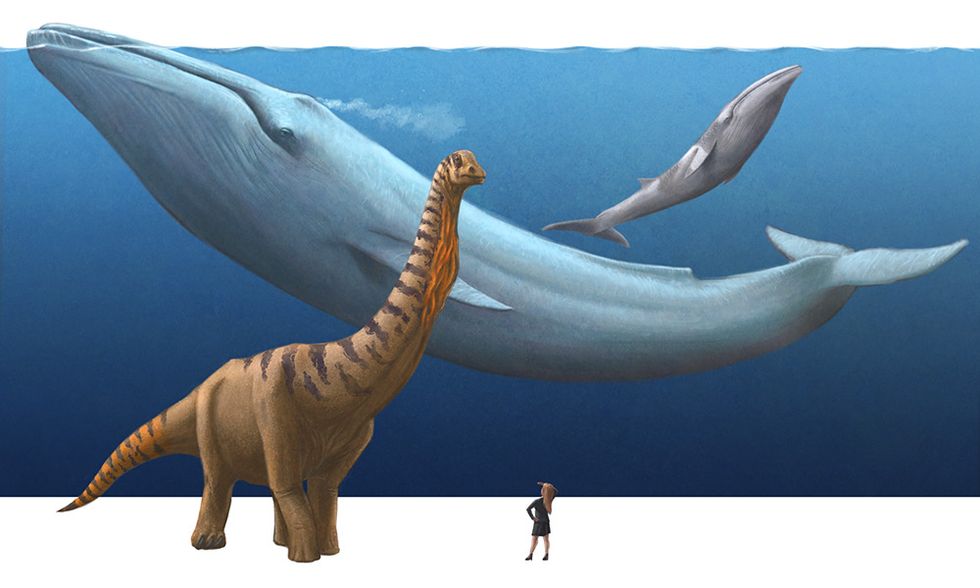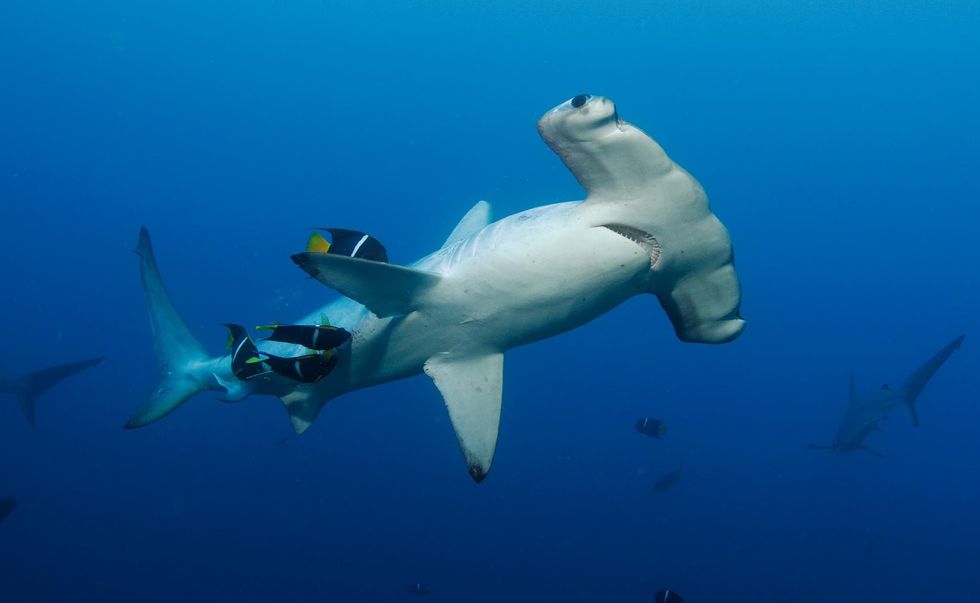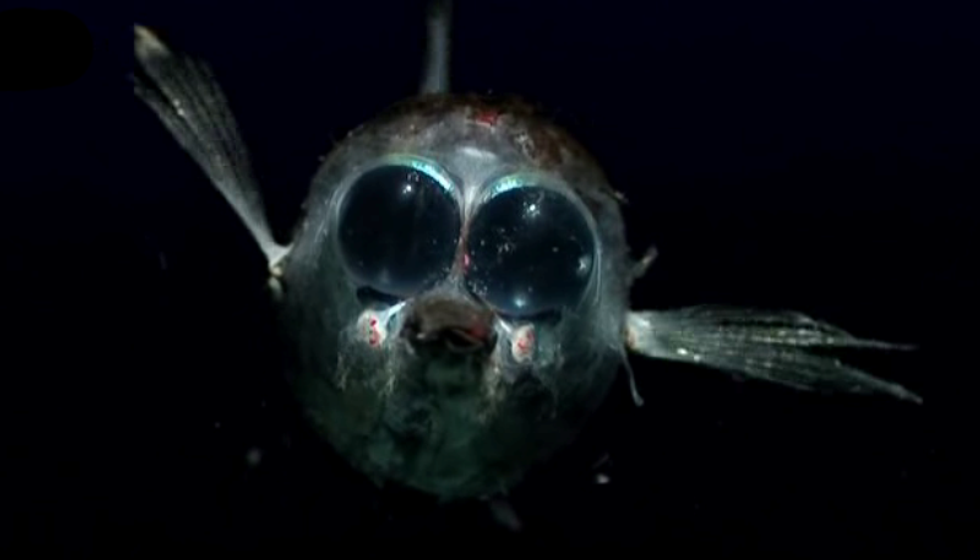Space, time, human and animal behavior, the purpose of life-- an infinite amount of things in this world pose questions for people every day.
Oceans are no exception.
In a recent Netflix binge, I stumbled upon the documentary, The Blue Planet: A Natural History of the Oceans. When this series came out in 2001, only one percent of the oceans had been explored. It's insane to think about how much information was provided in just eight episodes. One can only imagine how much more has been discovered now that five percent has been explored.
Whether a dive into the pitch-black abyss terrifies you or not, I highly recommend checking out this series. Here are seven fascinating things I learned in just the first episode.
1. The Arribada is the marine equivalent to the tortoise and the hare.
When the moon is in it's first and third quarters, tides are calmest. This gives sea turtles a nightly nesting opportunity. Numbers have fluctuated and even diminished over the years, but over the course of a week, some colonies can have nearly 400,000 females (around 5,000 per hour) laying eggs along a beach! It can get crowded quickly, so many turtles must climb over one another in search of a spot to dig.
When tides rise by morning, nests filled with eggs can be exposed to predators like vultures and other beach dwellers in search of a meal. Hatchlings face a huge risk traveling back to the sea.
2. Herrings literally cloud Alaskan waters with sperm.
No, I'm not kidding. The arrival of spring brings an increase in phytoplankton to the Pacific coasts of North America. This bloom attracts vast numbers of herring who are ready to reproduce. Each female lays about 20,000 eggs that stick to surrounding vegetation. Males come through soon after, releasing their sperm in literal white clouds that will line the coast for hundreds of miles. Next time you spot some white sea scum, keep in mind that it's more than likely sperm.
3. There is an island covered in a half a million birds.
Steeple Jason is part of the Falkland islands off the Atlantic Coast of Argentina and is a bird hater's worst nightmare. The albatrosses that call this rock home fly out to wade on the sea in search of fish swimming near the surface.This remote island is only three square miles in size and serves as a prime example of how vital ocean life is, even for creatures that don't live in it.
4. Predators sometimes team up.
People often assume that spotting dolphins means waters are safe, that sharks and other predators. However, schools of sharks and dolphins can travel in thousand-strong packs and will become teammates in the event they discover the same shoal of fish. By encircling the school, sharks give dolphins the opportunity to drive it toward the surface where diving birds also await their arrival.
5. The blue whale is bigger than the biggest dinosaur.
Its no secret that the blue whale is the biggest living mammal, but realizing that even Jurassic Park couldn't compete with its size is a whole other ballgame. Blue whales can weigh up to 200 tons-- nearly three times the weight of the largest dinosaur relatively the same length. Their hearts are about the size of the average car (consider this the next time you see a smart car).
6. Fish are friends AND food.
After large storms or events that cause water temperatures to rise, sea creatures are at greater risk for fungal infections. Some sharks, specifically hammerheads, visit sea mounts where they'll find fish interested in eating the parasites. Hammerheads travel in some of the largest groups, sometimes even thousands to one shoal.
7. The largest life migration on Earth happens every night.
Post-sunset, over one thousand million tonsof creatures rise up from the pitch black abyss in search of food. Predators upon predators ascend from hundreds of meters below the surface in between dusk and dawn-- none of them are safe, and any fear you may have of swimming in the ocean at night (or at all) is completely validated by this fact.
Check out the rest of the series to learn more about the creatures of the deep, dark sea and how different ocean ecosystems affect life all around the globe!

